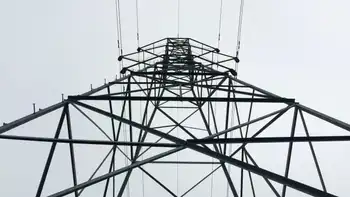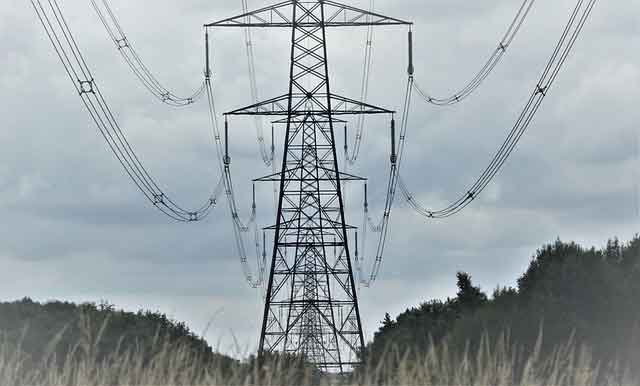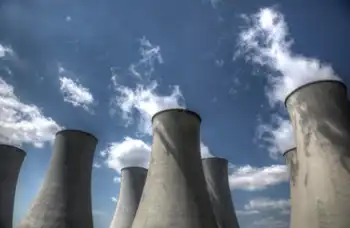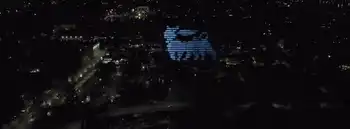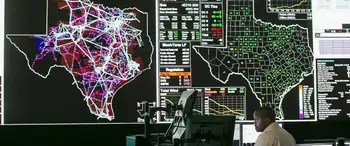Cold weather puts demand on electricity
By The Post-Crescent
Electrical Testing & Commissioning of Power Systems
Our customized live online or in‑person group training can be delivered to your staff at your location.

- Live Online
- 12 hours Instructor-led
- Group Training Available
But while usage is up, about 7 percent to 8 percent above the Midwest's historical seasonal use, as furnaces in homes and businesses run more frequently and for pro-longed periods of time to keep occupants warm, demands are no where near summer peaks when outdoor temperatures are in the upper 90s.
"There is high demand but it's nowhere near what we'd see in the summer months," said Carl Dombek, spokesman for the Indianapolis-based Midwest Independent Transmission System Operator. MITSO is a power transmission grid that covers a 15-state area, which includes Wisconsin and a portion of Canada.
Dombek said that February 5 usage in MITSO's service area was about 81,000 megawatts. While that is higher than normal for winter, it doesn't come close to MITSO's record of 136,000 megawatts set in late July.
The Midwest has a generating capacity of about 144,142 megawatts.
Kerry Spees, spokesman for Wisconsin Public Service Corp. in Green Bay, which has about 420,000 electric customers in northeast and north central Wisconsin, said WPS' energy demand from customers peaked at about 7 p.m. February 5. He said roughly 1,932 megawatts of electricity was used at that time.
"We're normally at around 1,800 (megawatts) during a normal winter day," Spees said. "And today we're using less than yesterday (February 5), because it isn't as cold out."
Spees said WPS' record electricity demand was set July 17 when customer usage topped 2,425 megawatts. WPS itself has generating capacity of about 2,000 megawatts but has power agreements with other utilities so it can meet its customers' demands.
Spees said WPS will have additional generating capacity of its own once its new coal-burning, 500-megawatt plant comes online near Wausau in 2008.
We Energies in Milwaukee, which serves southeast Wisconsin and the Fox Valley, said its typical daily winter demand for electricity is around 4,000 megawatts.
Rick James, spokesman for We Energies, said usage in recent days has increased to about the mid-4,000 range but nowhere near its record usage of 6,505 megawatts set on July 31. We Energies record usage for winter was 5,066 megawatts set in February 1996.
"We are seeing a marginal uptick right now in electricity demand," James said. "The reason for that of course is that people are running their furnaces more. But demand still is 20 to 30 percent more in the summer because air conditioners draw more power than a blower on a forced-air furnace."
The operator of the power grid for the mid-Atlantic and parts of the Midwest said it reached an all-time record for winter electricity use amid frigid weather on the East Coast.
Valley Forge, Pa.-based PJM Interconnection, which operates the power grid in 13 states and Washington, D.C., said it set an all-time record for winter electricity use recently, with demand rising above 112,500 megawatts.
The previous record for winter use, set in December 2005, was 110,414 megawatts.
The all-time record for summer use on the PJM grid, 144,644 megawatts, was set during a heat wave last August.





